Searching for chalky waters
The search for plankton continues, this time in between the network of islands that form the Hebrides Archipelago. Maria and I have been sampling seawater to analyze the carbon chemistry and other environmental factors and, at the same time, we have been searching for microscopic plants or ‘plankton’. We are hoping to find the remains of a huge ‘bloom’ that started weeks ago west of where we are. These blooms are sudden increases in the number of cells in seawater caused by having just the perfect conditions of light and food. Cells start dividing very rapidly to form tides of such dimensions that can cover hundreds of thousands of square kilometers at one time. This signal can be detected from space with the application of satellite technology, which can distinguish the fluorescence signal of these microscopic plants from their chloroplasts, where they use light energy and carbon to make chlorophyll. So here we are sampling in waters guided by satellite maps of chlorophyll from Plymouth Marine Laboratory to see spots of planktonic life.
This year we are studying coccolithophores or rather their beautifully crafted plates, the coccoliths. These organisms are tiny microscopic plants that live in the ocean surface using sunlight and carbon dioxide in seawater to make organic carbon. But coccolithophores can make another type of carbon in the form of calcium carbonate in a process termed calcification and this, together with photosynthesis, makes the “biological carbon pump”. The extent to which plankton make carbon in the ocean surface changes over the year and right now is the last chance for coccolithophores and other sea micro-critters to grow, divide and form large ‘blooms’, before the end of summer time to make most of the bright months. These blooms cover hundreds of thousands of square kilometers and so the amount of carbon exported to the ocean floor increases dramatically over these annual events. It is truly extraordinary that these invisible life forms can make such a contribution to the Earth’s ways to balance the flow of carbon between the atmosphere, the upper ocean and the ocean interior.
Sampling was challenging in the wind but we managed to deploy the Niskin bottle over the stern of the boat to bring to the surface seawater from 10 m, from which we took our samples. Now it’s time to pack and, in a few weeks, we will know whether these samples have any remains of the coccolithophore bloom that formed west of the Shetlands and what the carbon dioxide levels are in these waters. Our work will add to the body of studies looking at how these chalky plates will be preserved in increasingly carbon dioxide-rich waters. This preservation is important because the formation of these and other chalky plates is in fact the largest reservoir of carbon in the Earth over periods of thousands of years. A concern is that, as a consequence of the increasing carbon dioxide in the atmosphere that enters seawater and combines with it to form carbonic acid in a process termed ocean acidification, these plates may dissolve. Although laboratory experiments have explored the responses of these and other chalk-producing organisms to increasing carbon dioxide over the last few decades, field-testing of laboratory results is fundamental to understand the response of marine life to climate change. It is only at sea that we can conduct our tests with the interactions of other organisms like bacteria, and zooplankton and also under the influence of fluctuating light and water flows. The questions that we pose are central to understanding the role of the oceans in balancing carbon in the Earth, particularly at a time when the rate of change is extraordinary, probably the fastest over the last 55 million years. However, the ocean is an extremely dynamic environment where the conditions and the animals and plants living in it can change in time scales of minutes. But despite these challenges, working in teams with expertise on disciplines including chemistry, biology, physics, and looking at the geological past is the way forward to forming a holistic view of how marine life adapts to environmental change. Having sailed with artists has helped me understand the interfaces and reciprocal influences between society and climate change through the eyes of sculptors, architects, poets and photographers. Dialogue between these two similar worlds, arts and science, requires constant questioning of reality and revisiting paradigms. This has been another year of learning in an environment where I get to interact with different brains with different perceptions and ideas. I feel lucky again to share my excitement about the little creatures that keep me obsessed and understanding the ways that invisible life controls the health of the Earth.
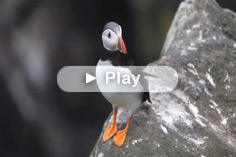


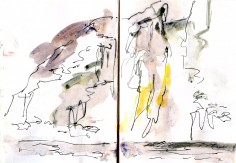
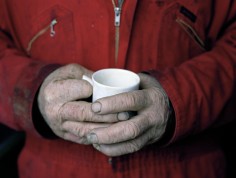
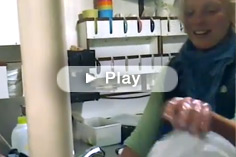
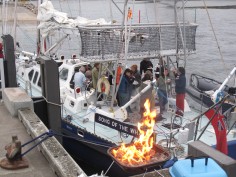

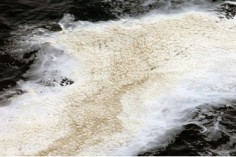
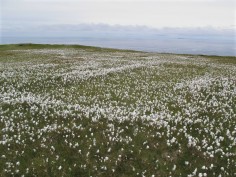

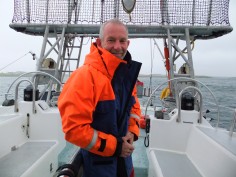








No Comments